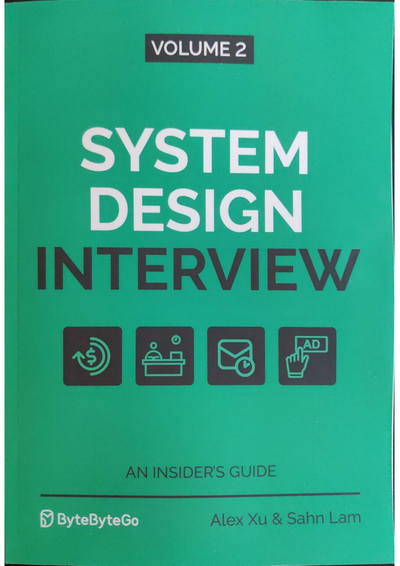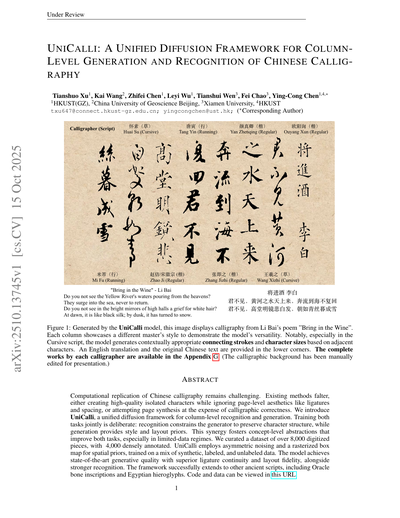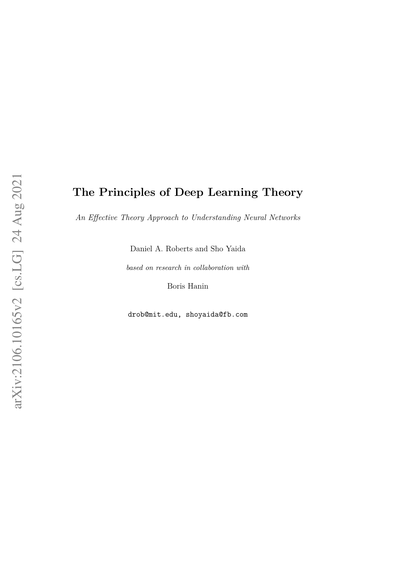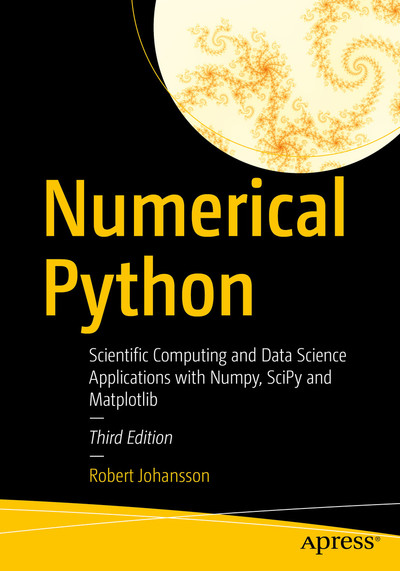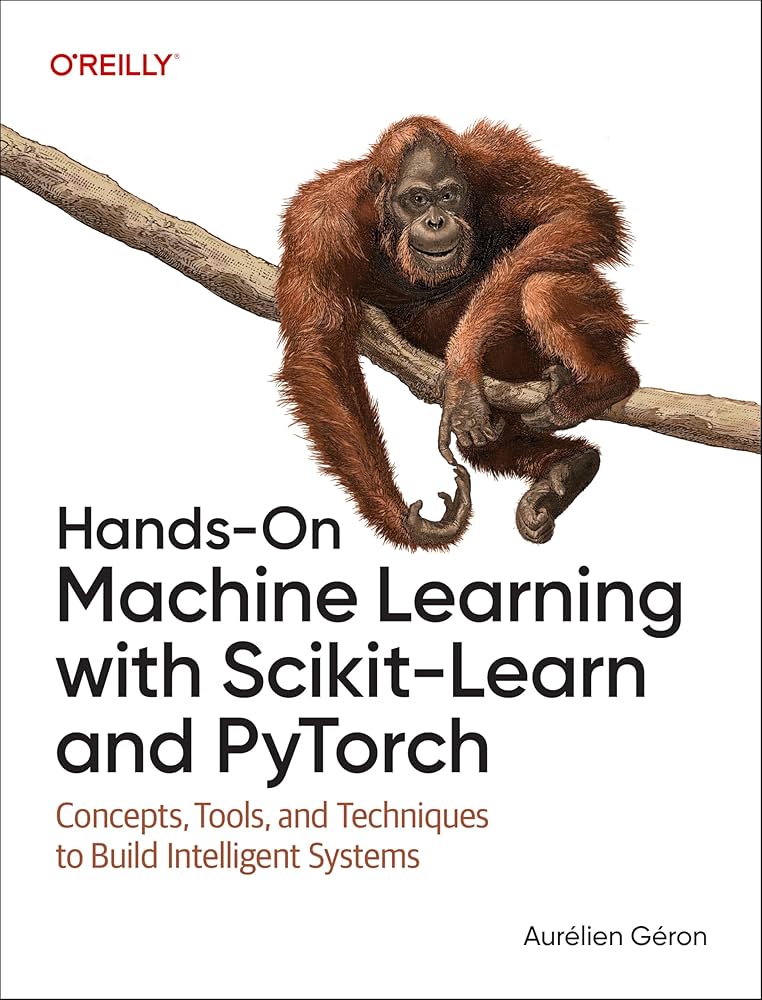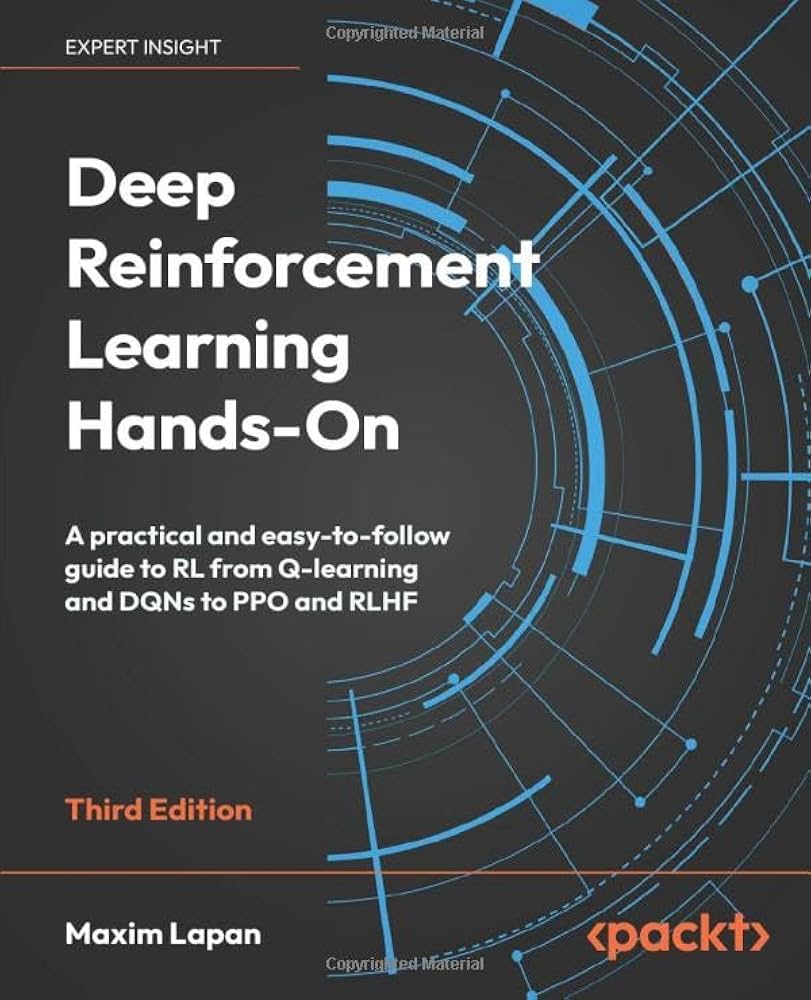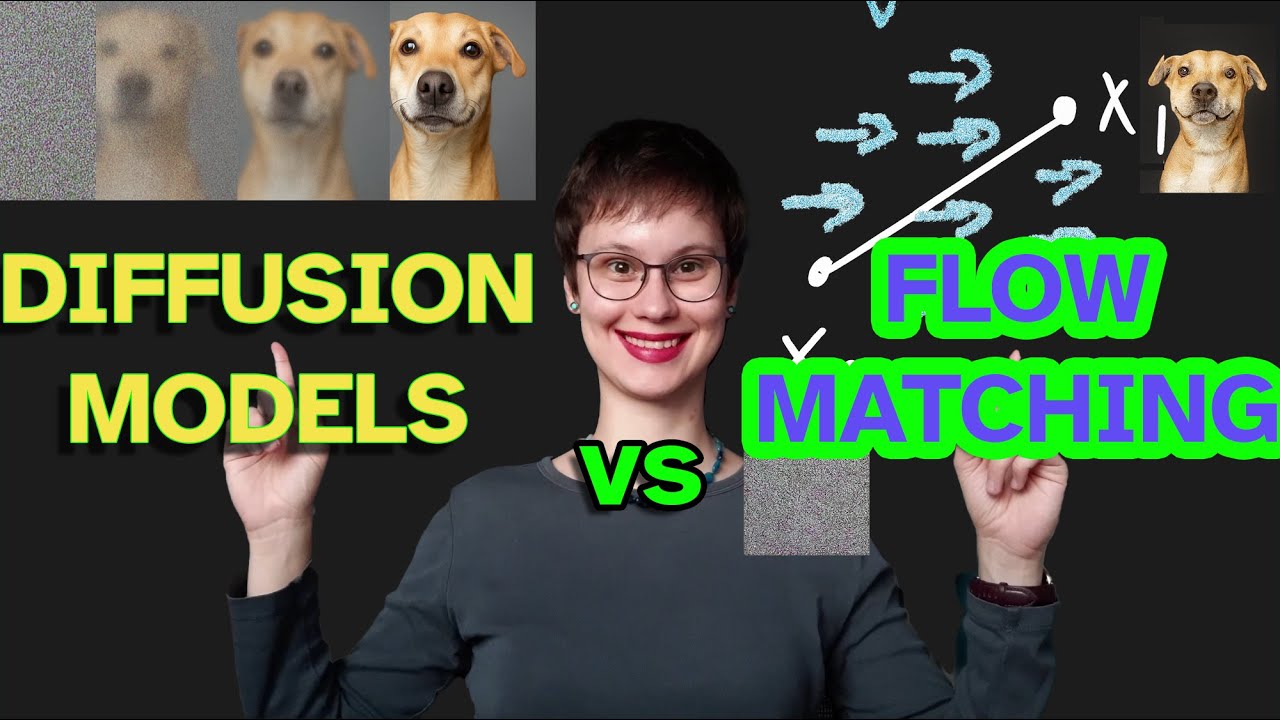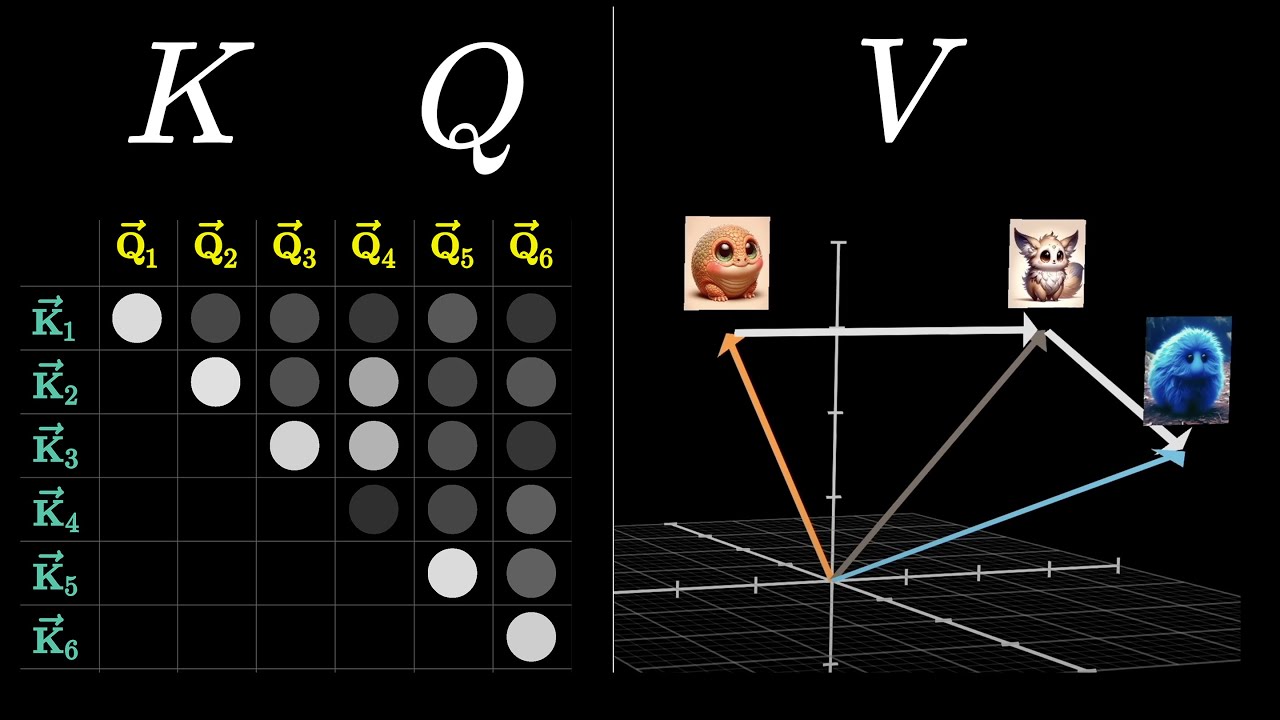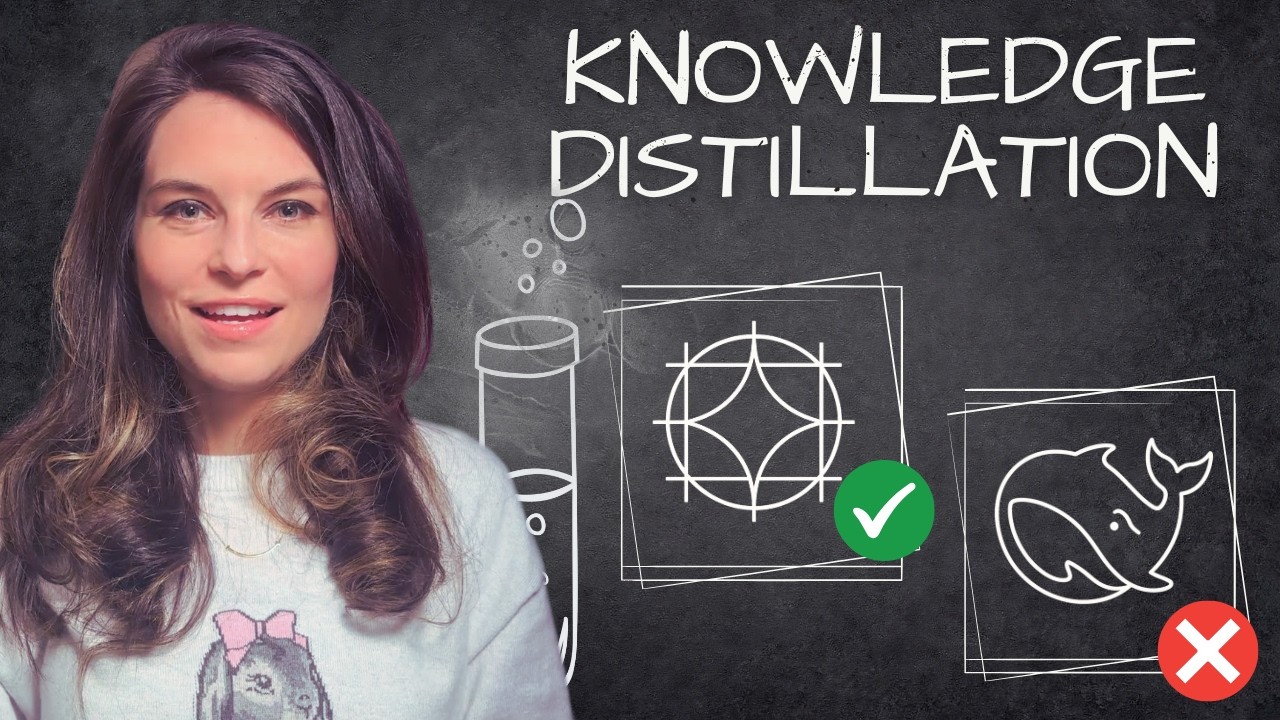
Online Workshop Every Week
Join our free weekly interactive learning sessions.
Master AI/ML with instant feedback and personalized learning
"Cogito, ergo sum" (I think, therefore I am)
— René Descartes

Free Problems
Chapter 10 - Agent Reasoning and Evaluation
This problem set covers key concepts from Chapter 10 on agent reasoning and evaluation. You'll explore various prompt engineering techniques including direct solution prompting, reasoning methods like chain of thought, and evaluation strategies for consistent solutions. The problems progress from foundational concepts to advanced applications, testing your understanding of how LLMs can be prompted to reason, plan, and evaluate solutions effectively.
25 pts
Easy
95
prompt engineering
few-shot prompting
zero-shot prompting
+7
Chapter 09 - Mastering Agent Prompts with Prompt Flow
This problem set covers key concepts from Chapter 9 on systematic prompt engineering and agent profile development using prompt flow. You'll explore agent profiles, personas, rubrics, grounding, and the iterative process of prompt evaluation. These problems test your understanding of how to systematically develop and evaluate effective AI agent prompts using Microsoft's prompt flow tool.
27 pts
Medium
98
prompt engineering
ai agents
systematic prompting
+7
Chapter 08 - Understanding Agent Memory and Knowledge
This problem set covers key concepts from Chapter 8 on agent memory and knowledge systems. You'll explore retrieval augmented generation (RAG), vector similarity search, document embeddings, LangChain implementations, and memory compression techniques. These problems test your understanding of how AI agents use memory and knowledge to enhance their contextual understanding and performance.
27 pts
Medium
95
retrieval augmented generation
agent memory
knowledge retrieval
+7
Chapter 07 - Assembling and Using an Agent Platform
This problem set covers key concepts from Chapter 7 of the O'Reilly book "AI Agents in Action" focusing on building agent platforms with Nexus and Streamlit. The problems test your understanding of agent profiles, personas, actions, tools, and the architecture of AI agent systems. You'll explore practical implementation details and theoretical concepts related to developing intelligent agent platforms.
27 pts
Medium
95
agent platforms
ai platforms
langchain
+7
Chapter 10 - Concluding Remarks on Reinforcement Learning for Finance
This problem set covers key concepts from Chapter 10 of "Reinforcement Learning for Finance" by Yves Hilpisch. The chapter provides concluding remarks on applying reinforcement learning to financial problems, discussing challenges like limited data availability, different RL approaches, and practical implementation considerations. These problems test your understanding of the core concepts, applications, and limitations discussed in the final chapter.
33 pts
Medium
94
reinforcement learning
finance applications
domain-specific challenges
+7
Optimal Execution in Financial Markets
This problem set covers the Almgren-Chriss (AC99) model for optimal execution of large block trades. The problems test understanding of market impact modeling, execution costs, risk aversion effects, and reinforcement learning approaches for optimal trading strategies. Questions progress from fundamental concepts to advanced analytical applications based on the O'Reilly Chapter 9 content.
40 pts
Medium
98
execution costs
financial markets
almgren-chriss model
+7
Premium Problems
Knowledge Graphs
USA AI Olympiad
Explore competitive programming and AI contest preparation concepts
Grade 5 Math
Discover elementary mathematics concepts and learning paths
Featured PDFs
View All PDFsSystem Design Interview: An Insider's Guide Volume 2
116 questions
348 pts
System Design Interview: An Insider's Guide
108 questions
317 pts
UNICALLI: A UNIFIED DIFFUSION FRAMEWORK FOR COLUMN-LEVEL GENERATION AND RECOGNITION OF CHINESE CALLIGRAPHY
10 questions
38 pts
The Principles of Deep Learning Theory
107 questions
418 pts
Featured Books
View All BooksAcing the System Design Interview
153 questions
456 pts
Numerical Python: Scientific Computing and Data Science Applications with Numpy, SciPy and Matplotlib
190 questions
543 pts
Hands-On Machine Learning with Scikit-Learn and PyTorch
200 questions
554 pts
Deep Reinforcement Learning Hands-On - Third Edition
222 questions
720 pts
Featured Videos
View All VideosFlow-Matching vs Diffusion Models explained side by side
10 questions
29 pts
Attention in transformers, step-by-step | Deep Learning Chapter 6
10 questions
30 pts
Knowledge Distillation: How LLMs train each other
10 questions
27 pts
Diffusion Model
10 questions
32 pts
Popular Topics
machine learning
56
deep learning
40
neural networks
35
reinforcement learning
33
system-design
28
grade5
27
optimization
14
large language models
13
attention mechanisms
13
combinatorics
13
system-architecture
13
natural language processing
12
aime problems
12
Number Sense
12
scalability
11
beginner
10
number theory
10
performance
10
transformers
9
capacity-planning
9
Click on any tag to filter problems by that topic
